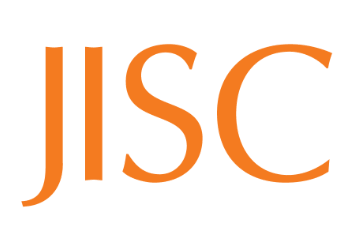Angjeli, A, & Isaac, A. (2008). Semantic web and vocabularies interoperability: an experiment with illuminations collections. 74th IFLA General Conference and Council, Quebec, Canada, 10-14 August 2008. [paper]
Introduction & Research Question
This paper describes a design to search across two digital iconographic collections-Mandragore from the Bibliotheque national de France (BnF) and the National Library of the Netherlands (KB). It asks:
‘How can we enable access to documents belonging to two or more collections, each indexed with distinct vocabularies, by using search terms from either vocabulary?’
Methods & Results
Both vocabularies were analyzed to discern form, structure, use etc. A close inspection of the concepts and their representations (lexical properties, semantic relationships, syntax etc) was performed before work began on linking the vocabularies.
In order to align the vocabularies, the researchers used RDF for data representation in combination with SKOS. The previous analysis of each vocabulary helped to define the links between components of each vocabulary and the appropriate elements in the SKOS model. The researchers tested several strategies of lexical alignment (using the different types of linguistic information found in the vocabularies such as preffered terms, see reference terms, definitions etc). Although some of these strategies provided lower quality results they were not rejected as they could be readjusted later with a combination of further automated and manual efforts.
A ‘demonstrator‘ was built using a sample number of records from each collection. Users are able to access index terms and see them in their hierarchical environment and are able to combine terms. They can access images through terms from a single vocabulary or through a combination of both.
This paper serves as a useful introduction to one of the many STITCH projects.




